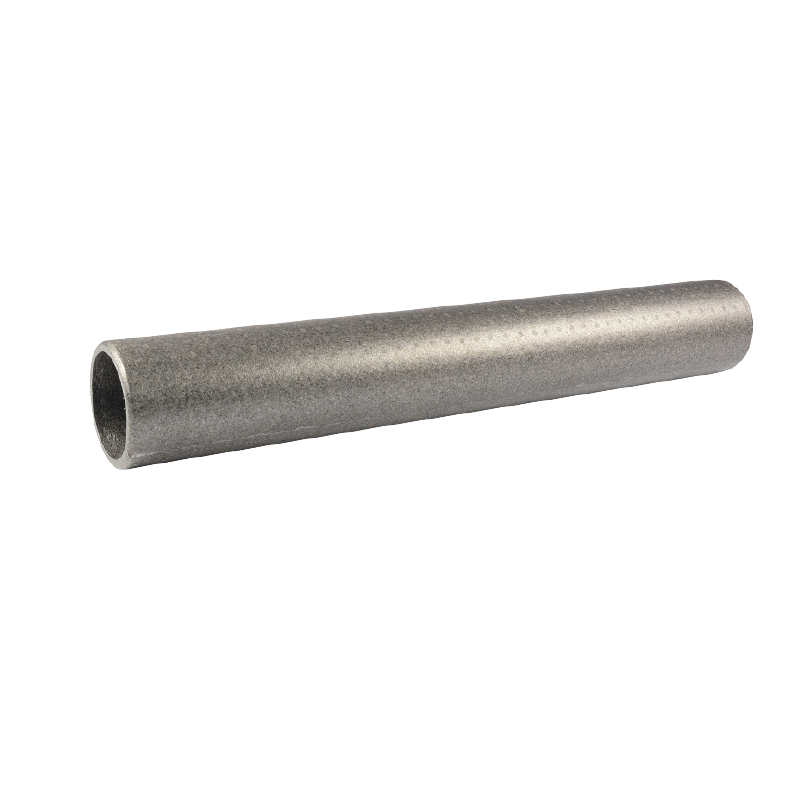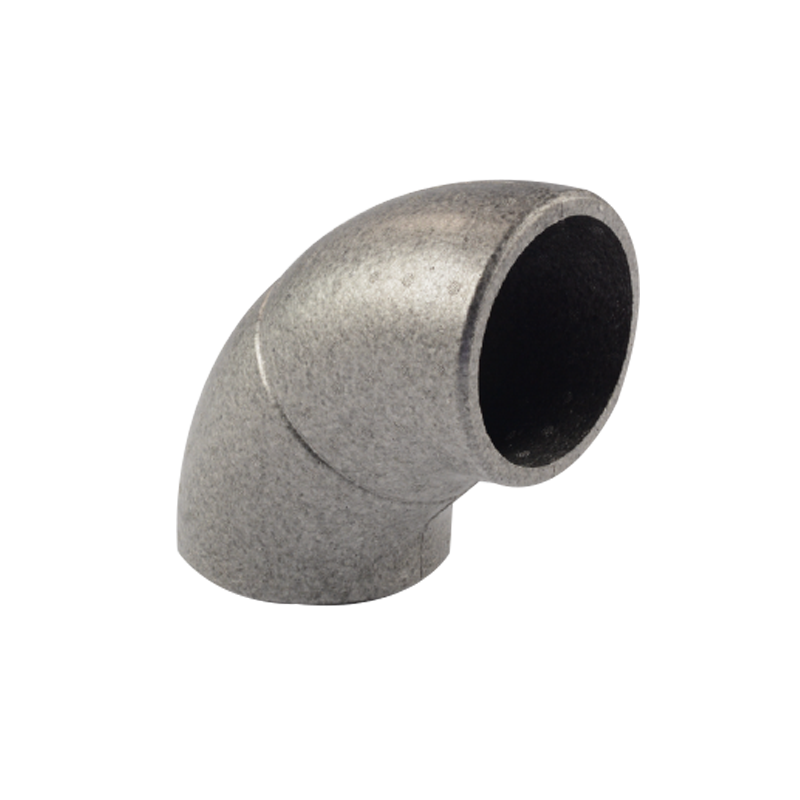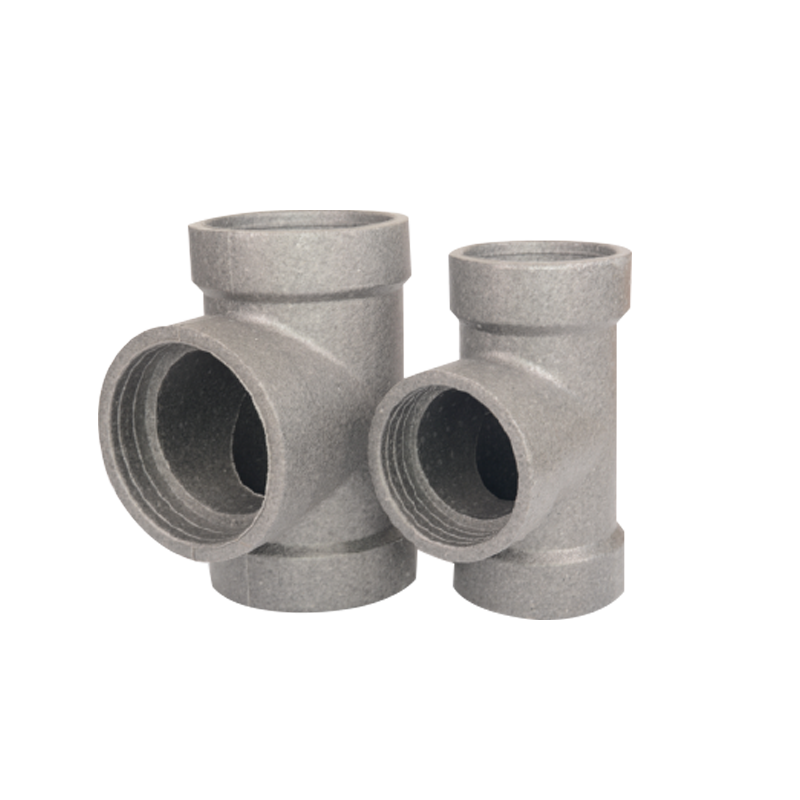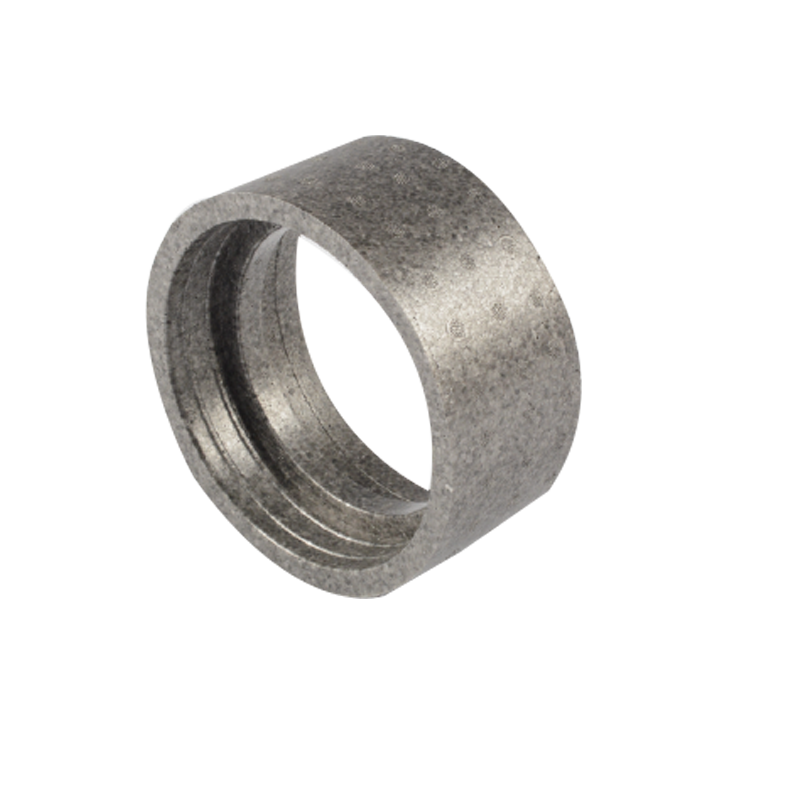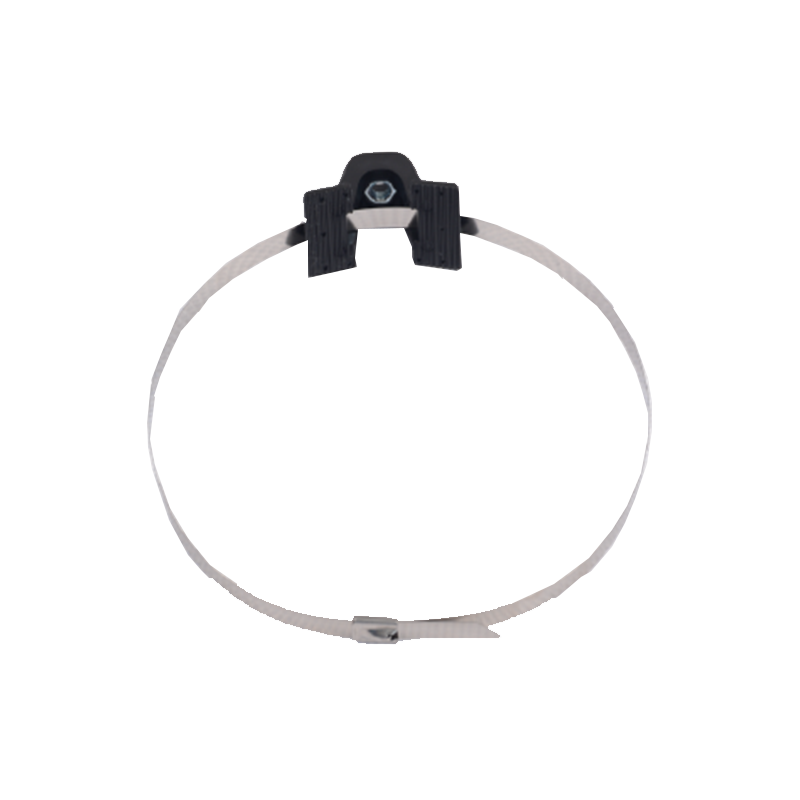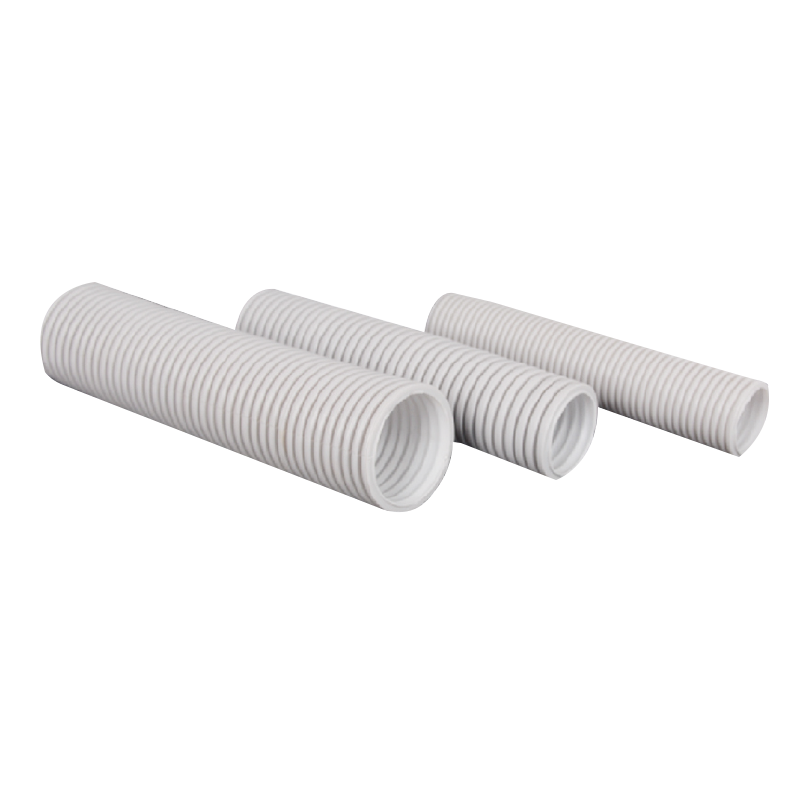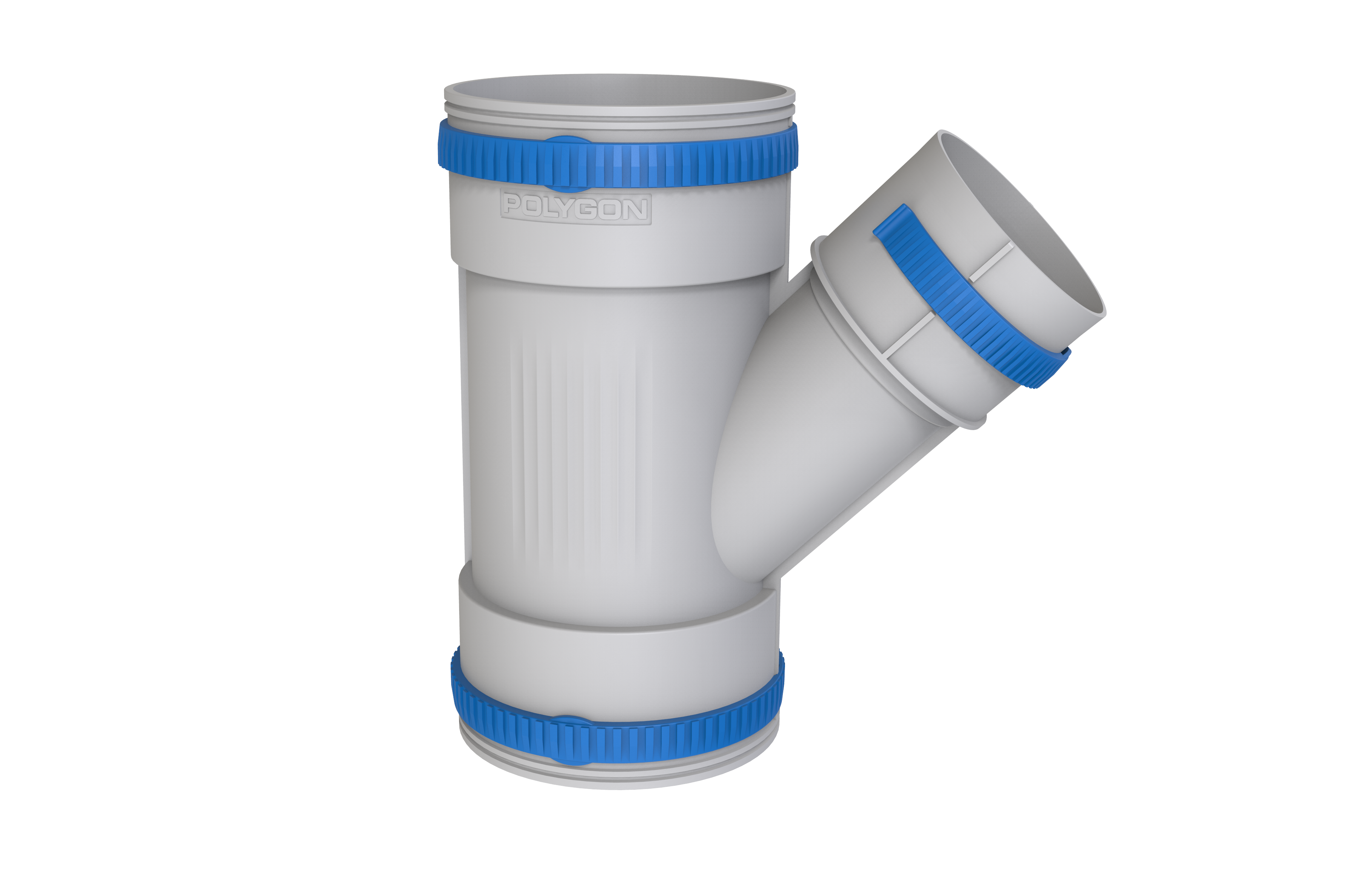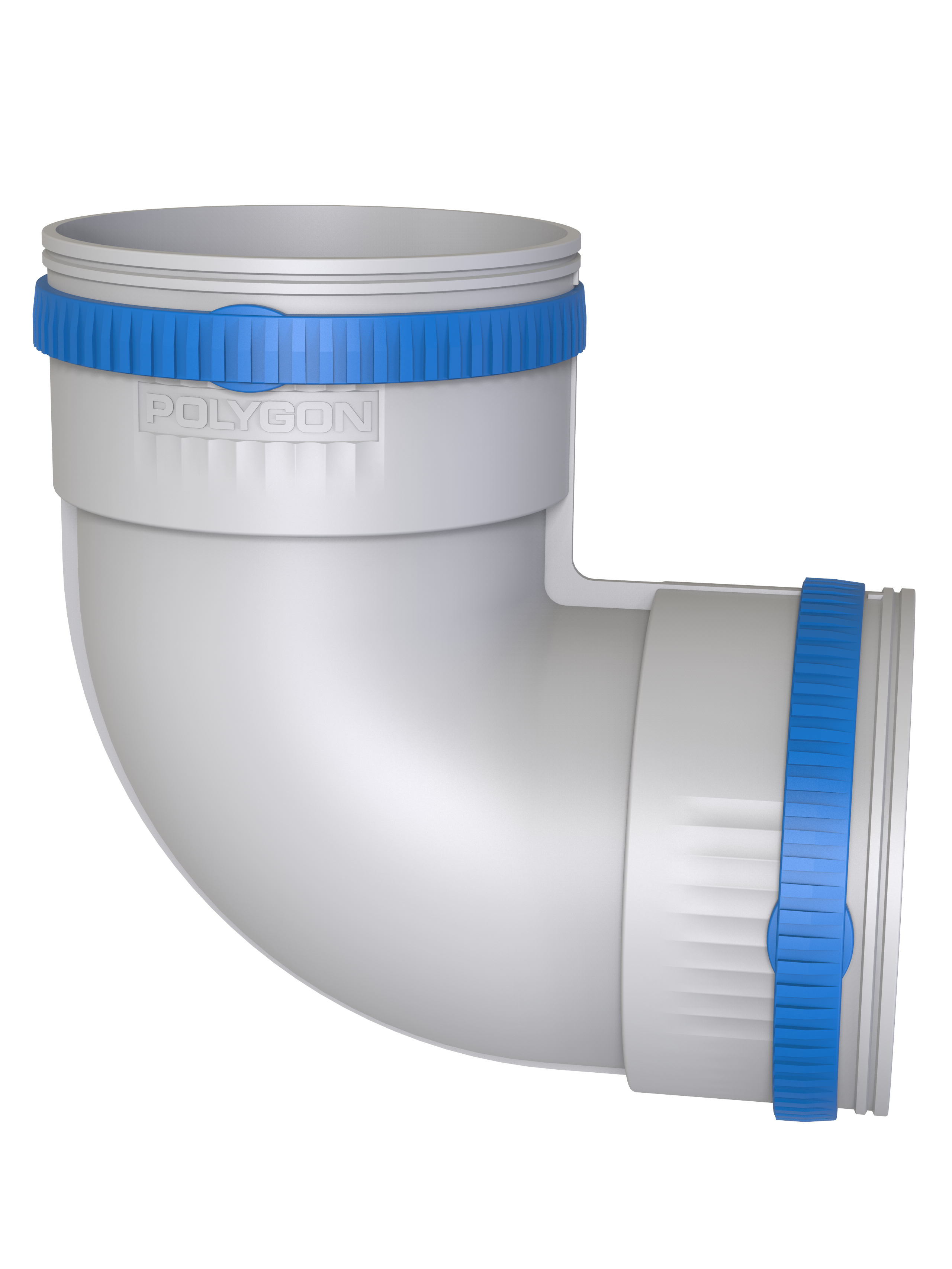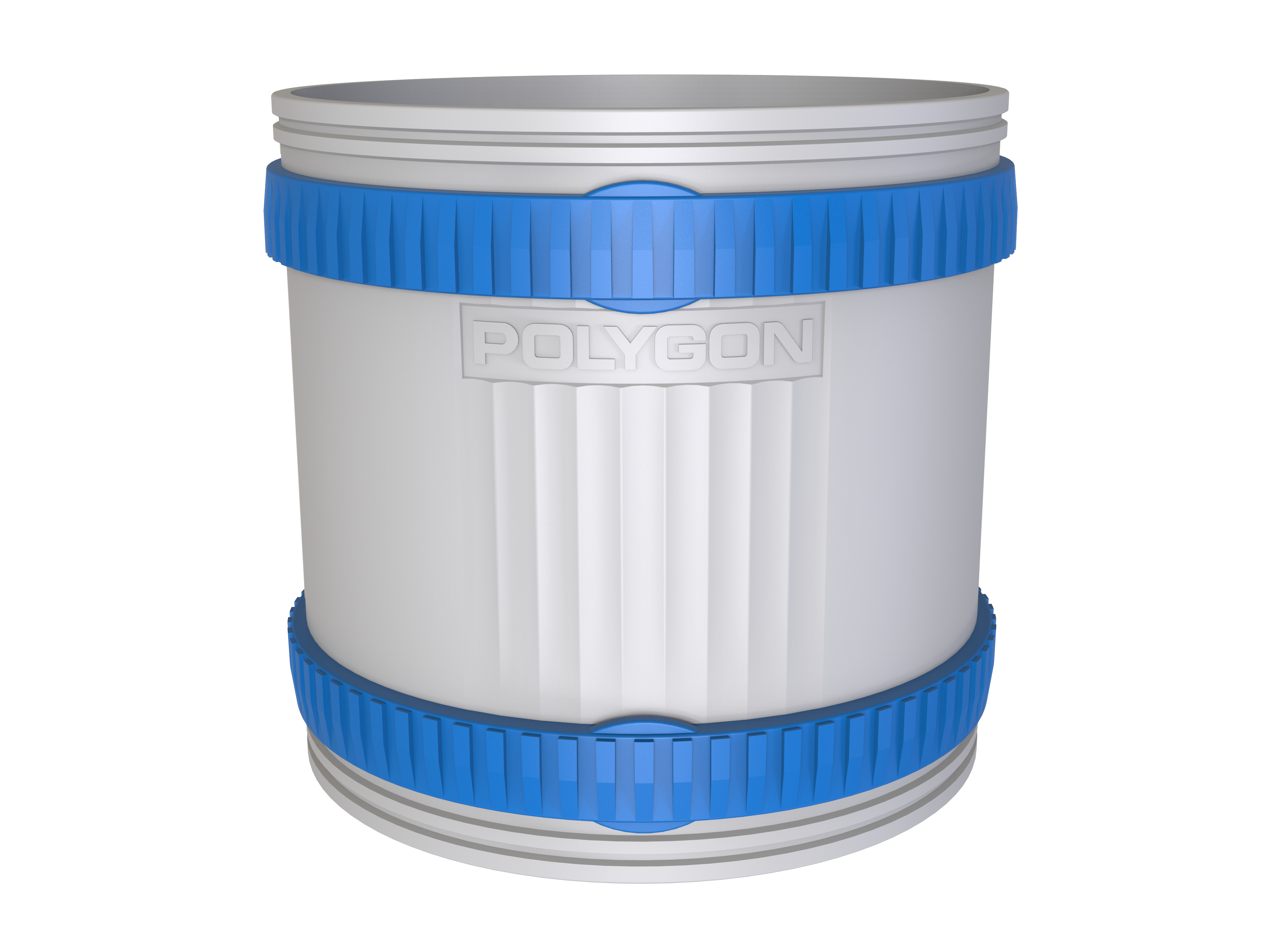


Understanding PVC Electrical Conduit-Light: A Comprehensive Guide
In the world of electrical installations, safety and efficiency are paramount. One of the key components that ensure these aspects is the electrical conduit system. Among the various types available, PVC electrical conduit-light stands out for its versatility and cost-effectiveness. This article will delve into the features, benefits, and applications of PVC electrical conduit-light, providing a thorough understanding of why it's a preferred choice for many residential, commercial, and industrial projects.
What is PVC Electrical Conduit-Light?
PVC (Polyvinyl Chloride) electrical conduit-light is a type of non-metallic conduit used to protect and route electrical wiring. It is made from a durable plastic material known for its high resistance to moisture, chemicals, and impact. The "light" in PVC electrical conduit-light refers to its lightweight nature, which makes it easy to handle and install compared to traditional metal conduits.
Key Features of PVC Electrical Conduit-Light
Lightweight and Durable: PVC conduits are significantly lighter than metal alternatives, making transportation and installation more manageable. Despite their lightweight nature, they offer excellent durability and resistance to environmental factors.
Corrosion and Moisture Resistance: One of the standout features of PVC conduit is its immunity to corrosion and moisture. This makes it ideal for use in humid or corrosive environments where metal conduits might fail.
Cost-Effective: PVC conduits are generally more affordable than their metal counterparts, providing a cost-effective solution without compromising on quality or safety.
Versatile Applications: Suitable for a wide range of applications, PVC conduits can be used in residential, commercial, and industrial settings. They are particularly favored in environments where flexibility and resistance to external elements are required.
Easy Installation: The lightweight nature of PVC conduits simplifies installation. They can be easily cut to size with basic tools and joined using PVC solvent cement or couplings.
Applications of PVC Electrical Conduit-Light
PVC electrical conduit-light is used extensively across various industries due to its adaptability and protective qualities. Here are some common applications:
·
Residential Wiring: PVC conduits are commonly used in homes to protect electrical wiring from damage and moisture. They are easy to install and can be painted to match interior decor.
·
·
Commercial Buildings: In commercial settings, PVC conduits offer a reliable way to organize and protect wiring systems, ensuring compliance with electrical codes and safety standards.
·
·
Industrial Environments: Industries often face harsh conditions, and PVC conduits provide the necessary protection against chemicals, moisture, and physical damage.
·
·
Underground Installations: Due to their resistance to corrosion and moisture, PVC conduits are ideal for underground wiring projects, providing long-lasting protection.
·
Comparing PVC Conduit Types: Light vs. Heavy
While PVC electrical conduit-light is a popular choice, it's essential to understand how it compares to other types, such as heavy-duty PVC conduits. Here's a brief comparison:
Weight and Thickness: Light PVC conduits are thinner and lighter, making them easier to handle. Heavy-duty conduits are thicker and offer more protection, suitable for high-stress environments.
Cost: Light PVC conduits are generally more affordable due to their reduced material usage, while heavy-duty variants, offering additional protection, come at a higher cost.
Applications: Light PVC conduits are ideal for standard residential and commercial applications. In contrast, heavy-duty conduits are better suited for industrial environments where higher impact resistance is required.
Installation Tips for PVC Electrical Conduit-Light
Installing PVC electrical conduit-light is straightforward, but following best practices ensures optimal performance and longevity:
Plan the Layout: Before installation, plan the conduit route to minimize bends and joints, which can affect performance.
Use Proper Tools: Utilize PVC pipe cutters or saws to cut the conduit to the required length. Ensure cuts are clean and burr-free.
Secure Joints: Join sections using PVC solvent cement or appropriate couplings. Ensure all joints are secure to prevent moisture ingress.
Allow for Expansion: PVC can expand and contract with temperature changes. Allow for this by leaving space at joints or using expansion couplings.
Compliance with Codes: Ensure your installation complies with local electrical codes and safety standards, such as those outlined by the National Electrical Code (NEC).
Advantages of Choosing PVC Electrical Conduit-Light
Choosing PVC electrical conduit-light offers several advantages:
Environmental Resistance: PVC conduits provide excellent protection against environmental factors, ensuring the longevity of electrical system
Flexibility: The ability to bend and shape PVC conduits allows for versatile installations, accommodating complex wiring systems and obstacles.
Safety: Non-conductive properties of PVC reduce the risk of electrical hazards, making it a safer option for electrical installations.
Aesthetic Appeal: PVC conduits can be painted to blend with surroundings, offering an aesthetic advantage over metal conduits.

